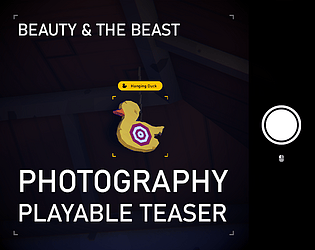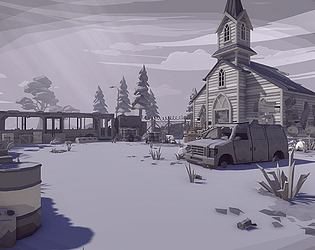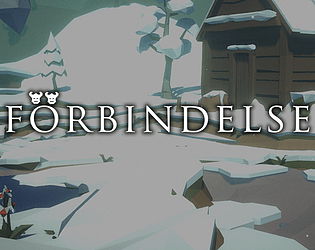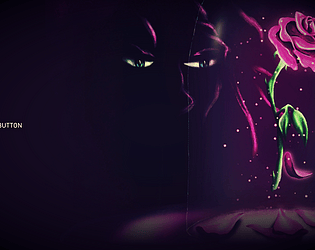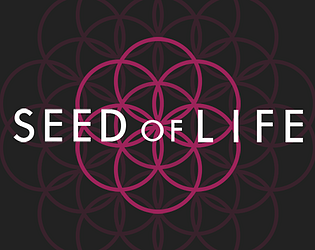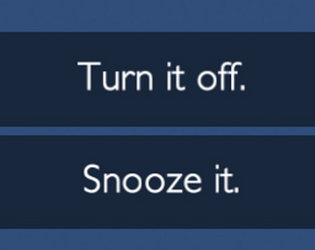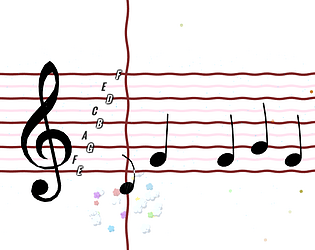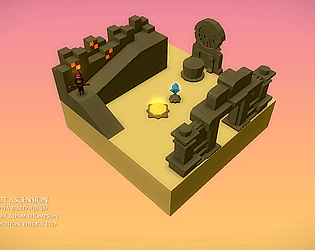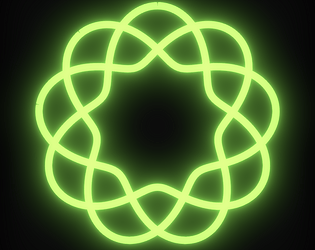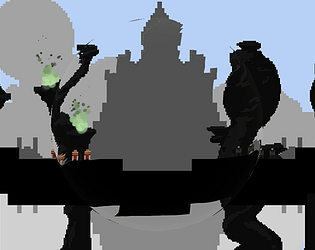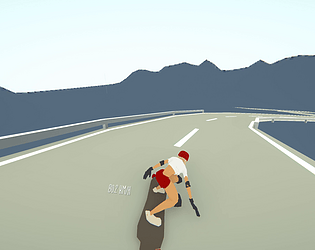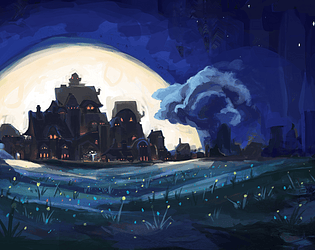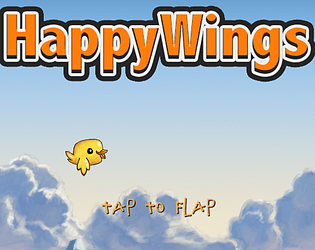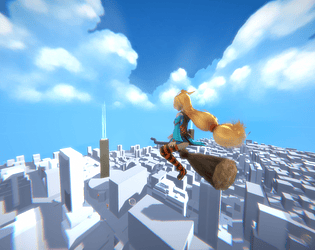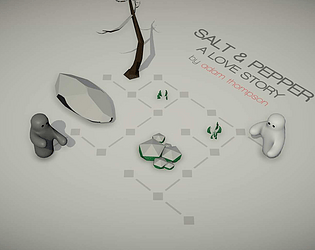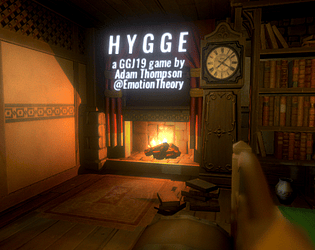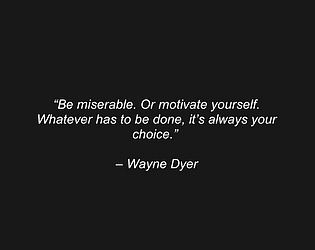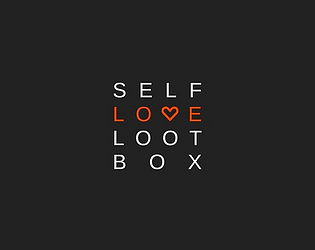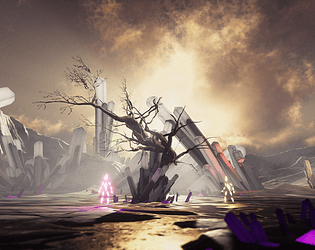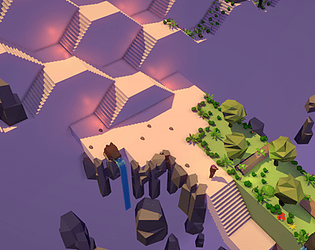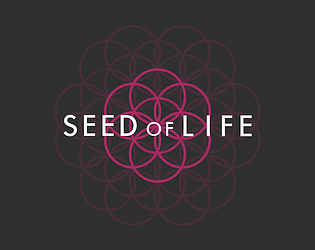Chrome on Windows 11.
Emotion Theory
Creator of
Recent community posts
If you have any issues, big or small, please post them here!
Known issues
- Controllers should work, but things like button prompts + menu navigation are still not optimised for controllers (controller support is officially still a work in progress!).
- Grind-rails that connect to each other can get the player stuck -- players need to jump off them to get unstuck.
About SATORI
What kind of game is SATORI?
SATORI is an open-world collectathon platformer. It is a relaxing, open-ended, and free-flowing experience about traversal and flow.
Is there any combat in the game?
SATORI it is a meditative experience about traversal and contains no combat. It is suitable for all people of all ages.
How big is the game? How many levels are there?
There are an infinite number of procedurally generated worlds in SATORI.
Each world is small-medium in size but dense with platforming and collectables.
What is the player’s main goal in the game?
SATORI is like a meditation. Relax and enjoy the experience until you feel ready to re-awaken.
There are light seeds you can collect in each world. Some remain still, while others you must chase. Collect enough to progress to a new world.
How long does it take to finish SATORI?
Your playtime will vary, but we have found a world to take under 20 minutes to complete. Staying in a world to find all of its light seeds should take much longer, however.
What abilities does the player have?
Air-Dash, Grapple-Jump, Wall-run, Rail-grind, Air-Jump, Slide, Bounce, and Slow-Time.
Each of these abilities can be combined and used together to keep yourself in the air and at top speed.
What happens if I make a mistake?
There is no failure in SATORI. To make your experience even more comfortable, you can set your own checkpoint down and teleport to it as you please.
About SATORI’s influences
What makes SATORI special?
I often describe SATORI as a meditation; imagine closing your eyes and training or expressing yourself through movement in your mind. Logging into SATORI is like embarking on that meditative journey. Play until you naturally feel the urge to re-awaken, or when you feel you’ve reached your own set goal.
Where did the idea for SATORI come from?
SATORI came from the desire to experience a magical open-world with a focus on traversal. Few games have offered such a peaceful world with liberating player abilities and level design that encourages expression and flow.
What games have influenced SATORI?
The two main influences were Titanfall 2 (Respawn Entertainment, 2016) and Sunset Overdrive (Insomniac Games, 2014). Sunset Overdrive had an amazing playground sandbox that you could traverse with ease, while Titanfall had incredible movement abilities that rewarded mastery.
Are there any other influences from other media?
I have described SATORI as a meditation, and this was partly influenced by the Chinese film Hero (Yimou Zhang, 2002). There is a famous scene between the two famous stunt actors Jet Li and Donnie Yen where they close their eyes and duel each other within their own minds. I loved this idea and thought it was beautifully realised in the film.
I similarly imagined myself closing my eyes and platforming in the world of SATORI in my mind.
About SATORI’s development
How many people worked on Satori?
One; me! My name is Adam Thompson - nice to meet you.
How long did it take to create SATORI?
It’s hard to say - work on it has been on and off. I spent a weekend making the first prototype way back in 2017. Then I spent about a month making a second prototype in 2018. Then I spent about another month making the third prototype.
Then in October of 2020 I resurrected the idea from scratch with the intention of releasing it for Steam. This was the first time I called the game SATORI.
In March of 2021, I remade the entire game from scratch for the last time, and it is the version that is about to be released that you see today.
How many years of experience do you have?
I began game development professionally in 2011.
What other games have you made?
I’ve made lots of prototypes over the years which you can see on emotiontheory’s itch.io page.
You can see my full work history here.
SATORI is my first independent game launch under the name Emotion Theory.
What’s next for Emotion Theory?
I want to continue exploring ideas that are beautiful, meaningful, and playful. I’m particularly interested in making a game or an app focused around good habits, mental health, self-care, and self-love.
If you want to keep tabs of what I get up to, sign up for my newsletter - I keep my mailing list informed of what I get up to.
Or, find me on social media and say hi!
I tend to do what the OP described for major updates and add an Update with a timestamp to the original post.
In addition I add in a post to bump the thread and summarise the update itself.
This way I get the benefits of having a single continuous devlog post at the top while also having a thread people can go through. Also get a bump for each update.
I personally don't think this makes the thread too verbose, and I'm not sure bandwidth is *too* much of an issue.
What are your thoughts?


